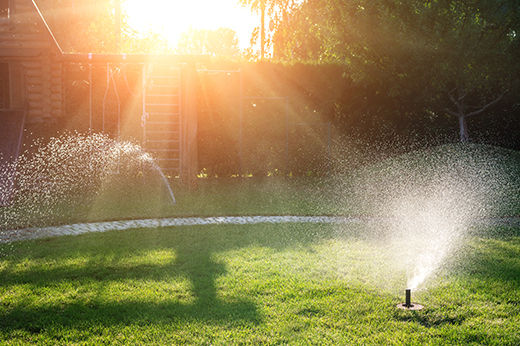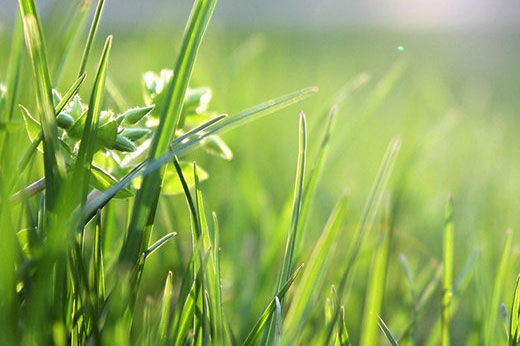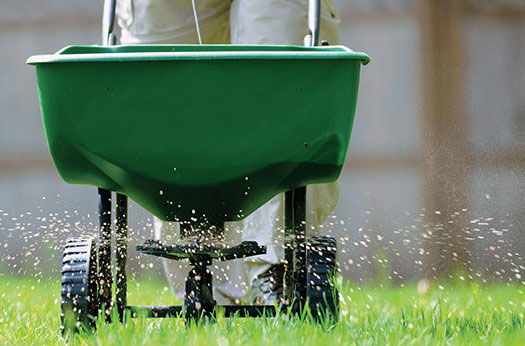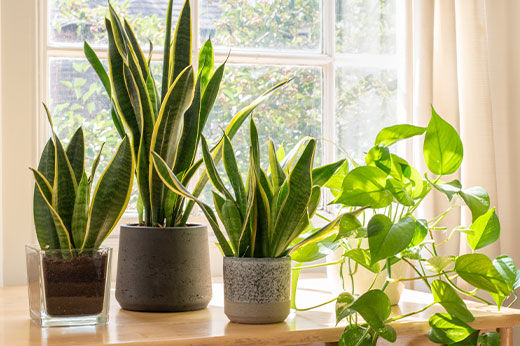While do-it-yourself projects can be fun and fulfilling, there is always a potential for personal injury or property damage. We strongly suggest that any project beyond your abilities be left to licensed professionals such as electricians, plumbers, and carpenters. Any action you take upon the information on this website is strictly at your own risk, and we assume no responsibility or liability for the contents of this article.
How to Create a Wildflower Garden
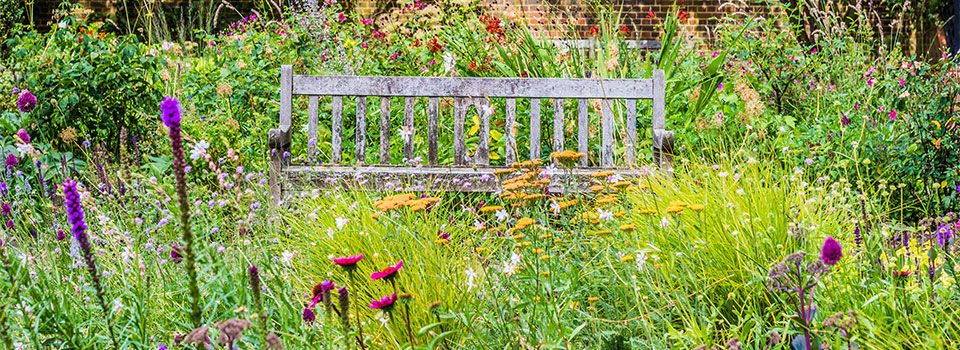
As winter gives way to spring, thoughts turn from contemplating snow to planning new gardens. Wildflower gardens are a great option if a formal, heavily maintained garden is no longer your style. These plantings usually feature few paths or sharp divisions that need constant weeding and pruning but instead focus on native and pollinator-friendly plants that attract birds, butterflies, and more. Pollinator habitats are decreasing all over the country, so turning even just a few square feet of your yard into a low-maintenance wildflower garden can help. Here’s how to do it the right way so that you see bountiful blooms and visitors rather than a struggling patch of plants.
Why Inexpensive Bulk Seed Mixes Don’t Always Work
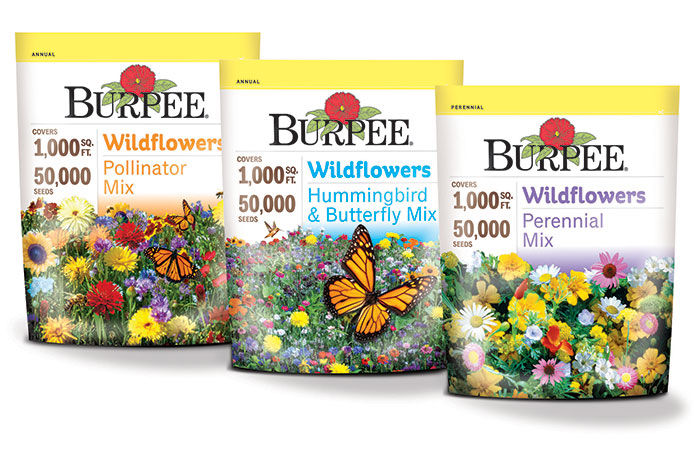
When you first think of the concept of a wildflower garden, your first searches may yield a number of bulk seed mixes that promise to cover ample square footage. This can lead to visions of large meadows of nodding wildflowers dancing in your head. However, these mixes often have a few issues. First, they tend to be a mix of generic and low-cost flower varieties. Not all the flowers will thrive in your area, reducing overall sprouting and growth. Second, these mixes are usually meant to cover tilled soil free from weeds or grasses. You’ll rarely want to clear a large area to this level just to plant wildflowers, and smaller patches are just fine when more thickly planted. Finally, the bulk of most of these mixes is sawdust or potting mix to help you distribute the seeds over a larger area. This is a useful trick, but you can do it yourself by mixing your seed mix with a little potting mix from the hardware store.
For the best results with a pre-made seed mix, try applying it thicker than recommended to about half of the total square footage. For example, a bag of mix that claims to cover 500 square feet should be used on 250 square feet instead. Remove any sod, weeds, and other plants and till the soil loosely for at least the first few inches. Rake the seeds in, then tamp the soil down lightly. Most people try to spread these seed mixes in the spring, but the U.S. Fish & Wildlife Service recommends spreading them in the fall or winter instead. Most seeds will survive just fine through the cold and work their way into the soil naturally, springing up early as temperatures warm. Choose a seed mix tailored to your specific region rather than just a general wildflower mix as well.
Selecting a Mix of Native and Appropriate Plants
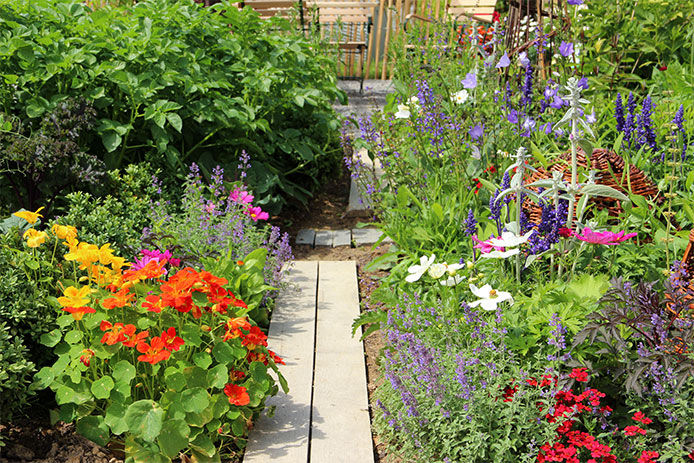
There’s no need for an entire meadow or lawn of wildflowers to attract pollinators. Individual containers of plants, flower beds full of mixed native plants, and many flowering shrubs also help attract bees, birds, and more. As many plants as possible should be native to your area to ensure local pollinators find the food sources they’re looking for. Non-native plants are included in most wildflower mixes, so picking out a handful of seed packets and mixing them yourself will give you more control over the locality of the flower varieties.
Considering Seasonal Needs
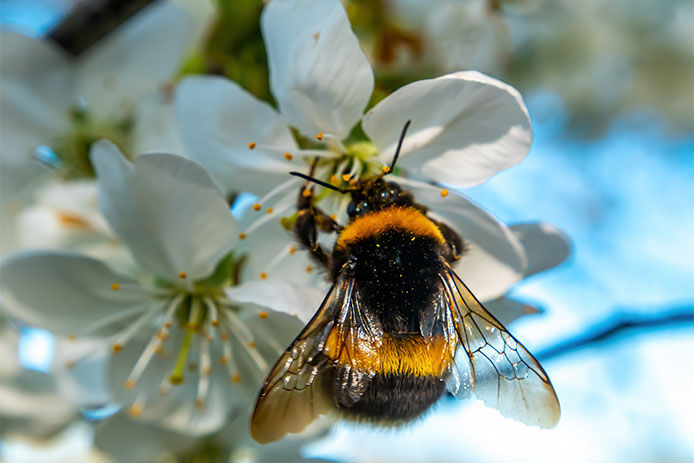
Don’t just invest in flowers that peak in the spring or summer and die off quickly. Try to consider the peak blooming time and bloom length for the mix you create. Whether you’re planting nursery plants or sowing seed, you can easily time wildflower blooming to create nectar sources year-round. In the winter, avoid cutting down dead plant material. Adult and immature pollinators alike need the material to hibernate in over the winter. Dried berries and plant material can also serve as a food source for overwintering birds.
Attracting a Diverse Population

Hummingbirds and butterflies are often the most desired pollinators due to their showy appearance. However, a healthy wildflower garden will attract a whole range of insects and other pollinators. Even if you tailor your plants to attract specific birds or bees, you’ll get more than you bargain for. Avoid using any pesticides or sprays, even if you find the yellowjackets or spiders that might make the garden their home intimidating. These sprays will harm the pollinators you want to attract as well, so it’s best to let Mother Nature balance out the population in the wildflower garden instead.
Insect Hotels and Bird-friendly Features

Beehives are beyond the skill set of most homeowners, but insect hotels help solitary bees and other pollinators find appropriate nesting spaces. There are plenty of options, from drilled wood blocks to bundles of hollow reeds and similar plant-based materials. Try a mix of homemade DIY insect hotels and store-bought products to see what your pollinators prefer.
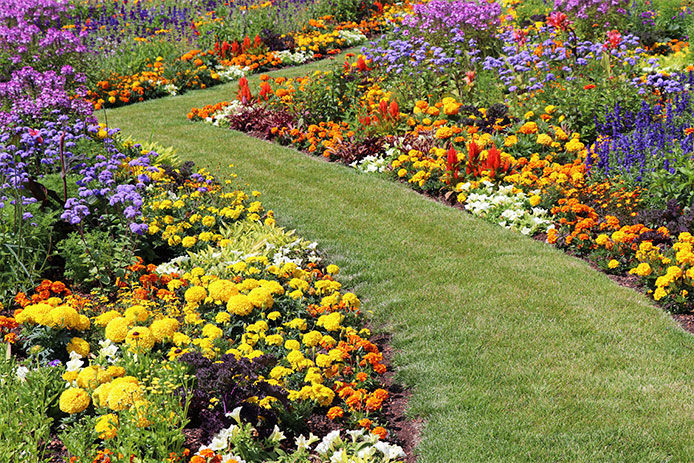
A wildflower garden can take any shape and size you like. There’s no need to even plant in the ground when planters and containers work just as well.
